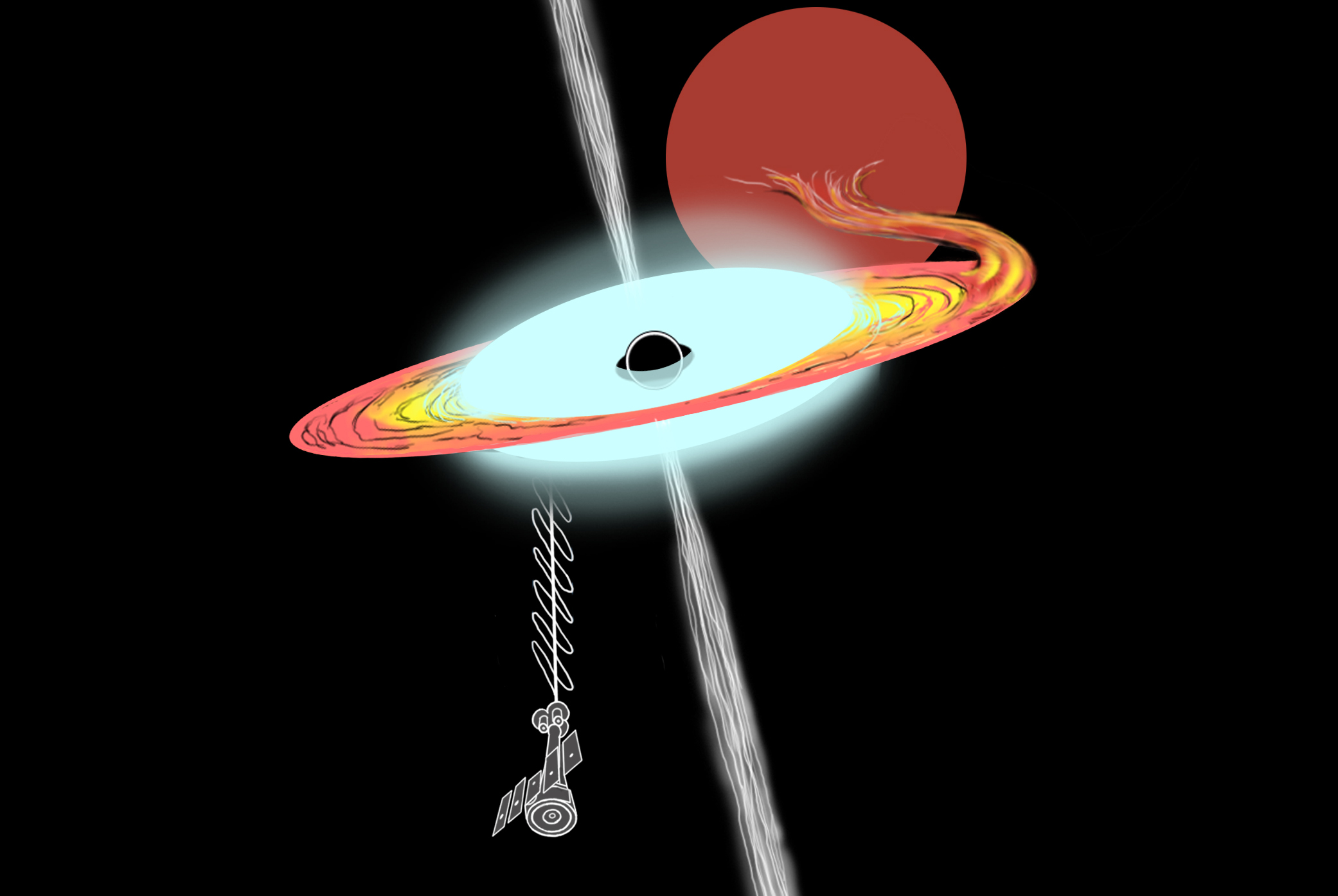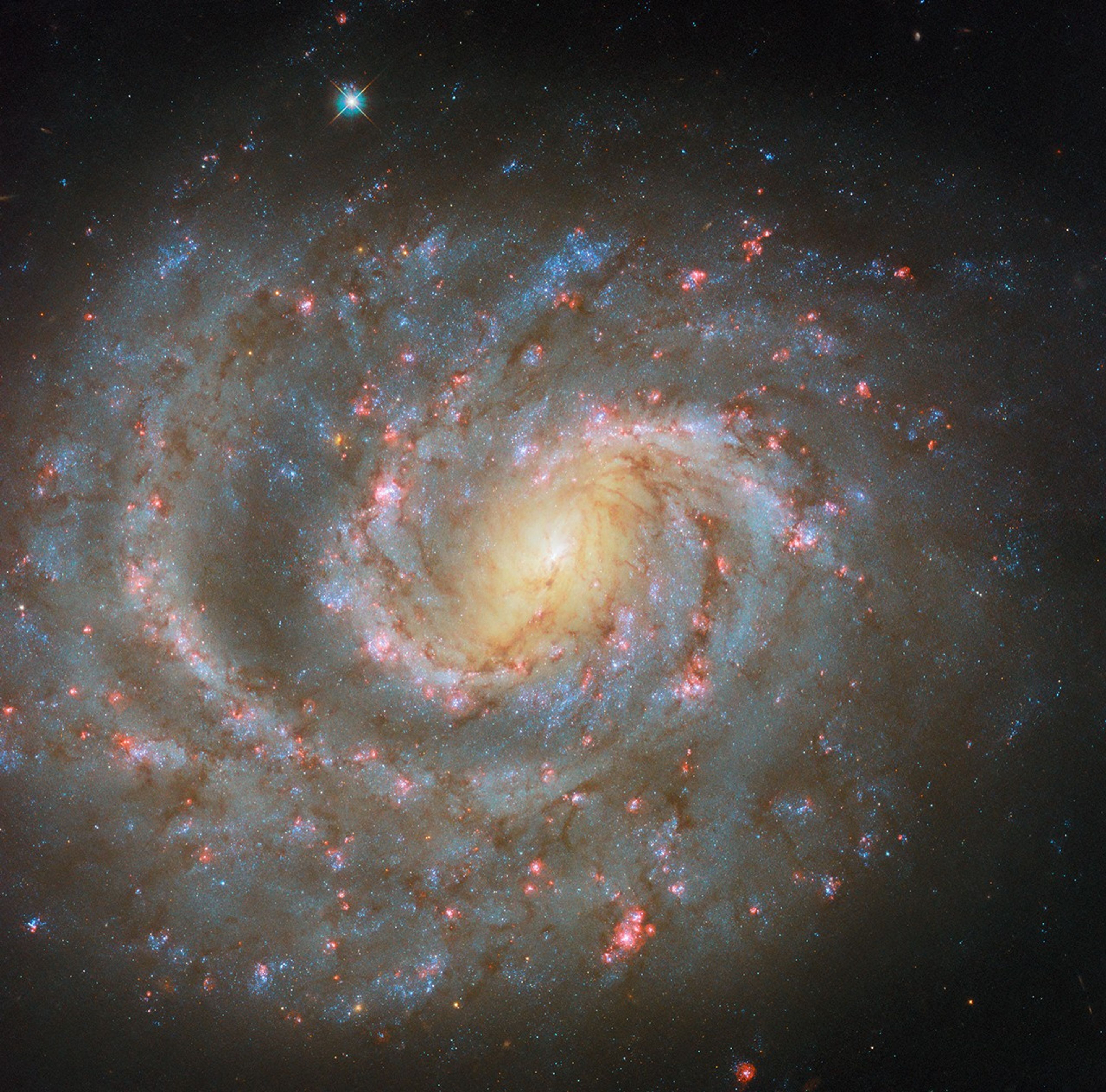NASA’s IXPE Details Shapes of Structures at Newly Discovered Black Hole
Original Publication Date: 2024-12-06 13:52

NASA’s IXPE (Imaging X-ray Polarimetry Explorer) has helped astronomers better understand the shapes of structures essential to a black hole. The stellar-mass black hole, part of the binary system Swift J1727.8-1613, was discovered in the summer of 2023 during an unusual brightening event. Scientists say the findings provide new insight into the behavior and evolution of black hole X-ray binary systems.
Hubble Spots a Spiral in the Celestial River

In 1999, NGC 1637 played host to a supernova named SN 1999EM, lauded as the brightest supernova seen that year. When a massive star expires as a supernova, the explosion outshines its entire home galaxy for a short time. While a supernova marks the end of a star’s life, it can also jump start the formation of new stars.
How Open Science and AI Are Advancing Hurricane Research

NASA's Curious Universe is an official NASA podcast hosted by Padi Boyd and Jacob Pinter. Fly directly into the eye of the storm with daring hurricane hunter pilots. Meet meteorologists and data scientists building AI models to improve hurricane prediction. Join the disaster response experts helping cities pinpoint their hardest-hit neighborhoods.
Students Aim High at NASA JPL ‘Candy Toss’ Competition

The 25th Invention Challenge at NASA’s Jet Propulsion Laboratory in Southern California attracted more than 200 students. Students on 21 teams from Los Angeles and Orange county middle and high schools turned to catapults, slingshots, flywheels, springs, and massive rubber bands.
NASA JPL Unveils the Dr. Edward Stone Exploration Trail

After retiring as Voyager’s project scientist, Stone returned to teaching and research at Caltech. Stone had joined the Caltech faculty as an assistant professor in 1967. In 2023, Caltech established a new faculty position, the Edward C. Stone Professorship.
Artemis II rescheduled for spring of 2026 as program decides on path forward
Original Publication Date: 2024-12-05 22:27

Artemis II will fly with its original heat shield but there would be modifications to the reentry flight path. The Orion’s life support and environmental systems need to be checked as well. The Artemis III mission to perform the first human landing on the Moon in over half a century has also been pushed to mid-2027.
